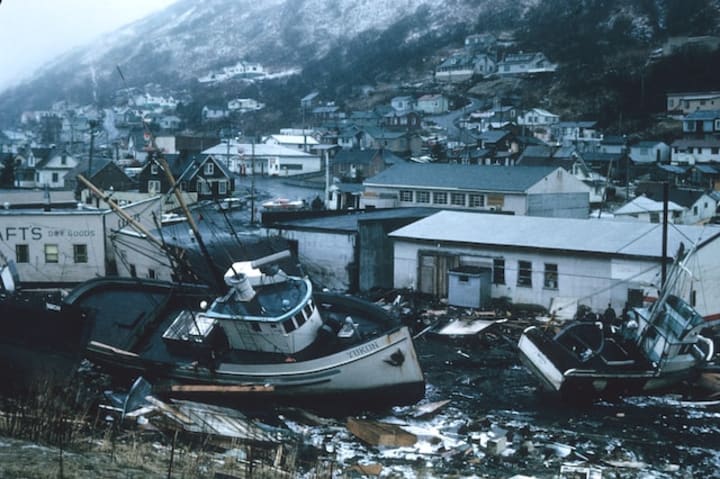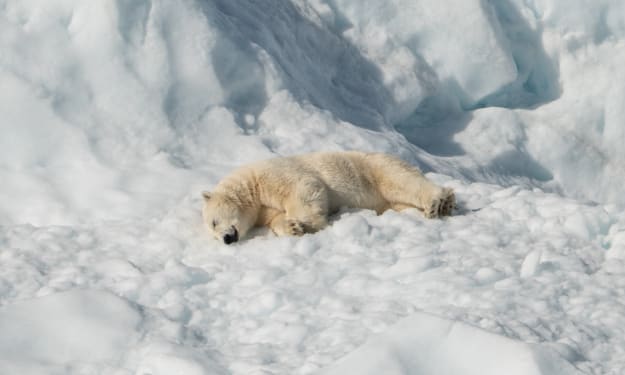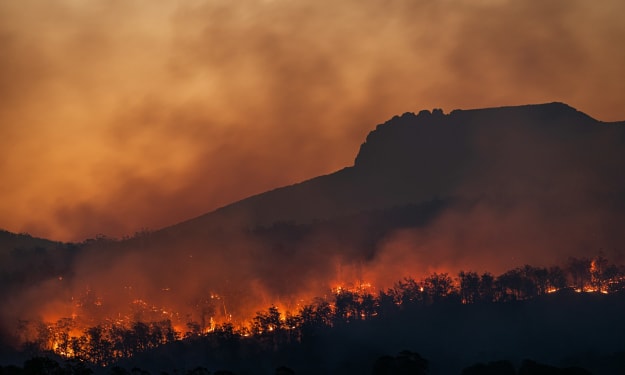The Monster Comes From the Sea
Tsunamis are admirable

Tsunamis, often referred to as "seismic sea waves," are among the most awe-inspiring and terrifying natural disasters that can strike coastal areas. These immense and powerful ocean waves can wreak havoc on communities, causing widespread destruction and loss of life. In this article, we will delve into the science behind tsunamis, their causes, characteristics, and the critical importance of preparedness and early warning systems.
Understanding Tsunamis
Tsunamis are long-period ocean waves generated by sudden and large-scale displacements of water, typically triggered by undersea earthquakes, volcanic eruptions, or, less commonly, landslides and asteroid impacts. Unlike ordinary ocean waves, which are caused by wind, tsunamis can travel across entire ocean basins with massive amounts of energy.
Causes of Tsunamis
Undersea Earthquakes: The most common cause of tsunamis is undersea earthquakes, particularly those occurring along subduction zones or tectonic plate boundaries. When an earthquake displaces the ocean floor vertically, it generates a series of waves that propagate outward from the epicenter.
Volcanic Eruptions: Volcanic eruptions, especially when they involve the sudden collapse of volcanic islands or the release of pyroclastic flows into the sea, can displace large volumes of water, triggering tsunamis.
Landslides: Large landslides into bodies of water, such as from coastal cliffs or submerged volcanic flanks, can displace water and generate tsunamis. These types of tsunamis are less frequent but can still be highly destructive.
Characteristics of Tsunamis
Tsunamis differ significantly from typical ocean waves. Some of their key characteristics include:
Wavelength: Tsunamis have very long wavelengths, often spanning hundreds of kilometers. This means they have a relatively low wave height in deep water but can grow dramatically as they approach shallow coastal areas.
Speed: In open ocean waters, tsunamis can travel at speeds of up to 500 to 800 kilometers per hour (310 to 500 miles per hour), which is faster than a commercial jet.
Low Wave Height at Sea: While tsunamis have tremendous energy, they are not always towering waves as portrayed in movies. In deep waters, they may pass unnoticed, with only a slight increase in sea level.
Amplification in Shallow Coastal Waters: As tsunamis approach shallower coastal areas, their energy compresses, leading to a significant increase in wave height. This amplification can result in waves that surge far inland, flooding low-lying coastal regions.

The Impact of Tsunamis
When a tsunami reaches the coast, its devastating effects become evident. Massive waves strike with tremendous force, inundating coastal areas, eroding shorelines, and destroying infrastructure. The immense power of tsunamis can uproot trees, sweep away buildings, and wreak havoc on communities, leaving behind a trail of destruction and loss.
In addition to the immediate impact, tsunamis can also lead to secondary hazards, such as fires from damaged electrical systems and gas leaks, contaminated water sources, and disruptions in communication and transportation networks.
Preparedness and Early Warning Systems
Given the catastrophic nature of tsunamis, preparedness and early warning systems are of paramount importance. Tsunami warning centers around the world continuously monitor seismic activity and ocean conditions to detect potential tsunamigenic events. When an undersea earthquake occurs, the warning centers issue alerts to potentially affected regions, providing valuable time for evacuation and emergency response.
Public education about tsunamis and evacuation plans is also crucial to minimizing casualties and damage. Coastal communities must be aware of the risks and preparedness measures to take in the event of a tsunami warning.
Tsunamis serve as a stark reminder of the awe-inspiring power of nature and the need for vigilance and preparedness in the face of natural disasters. Understanding the science behind tsunamis, their causes, and characteristics empowers us to develop effective warning systems and mitigation strategies to protect coastal communities. By respecting the forces of nature and working together to build resilience, we can strive to minimize the impact of tsunamis and safeguard lives and livelihoods along our shores.
About the Creator
World Writer
My life journey as a nature writer embodies a deep-seated connection with the natural world and an unwavering commitment to preserving its wonders.






Comments
There are no comments for this story
Be the first to respond and start the conversation.